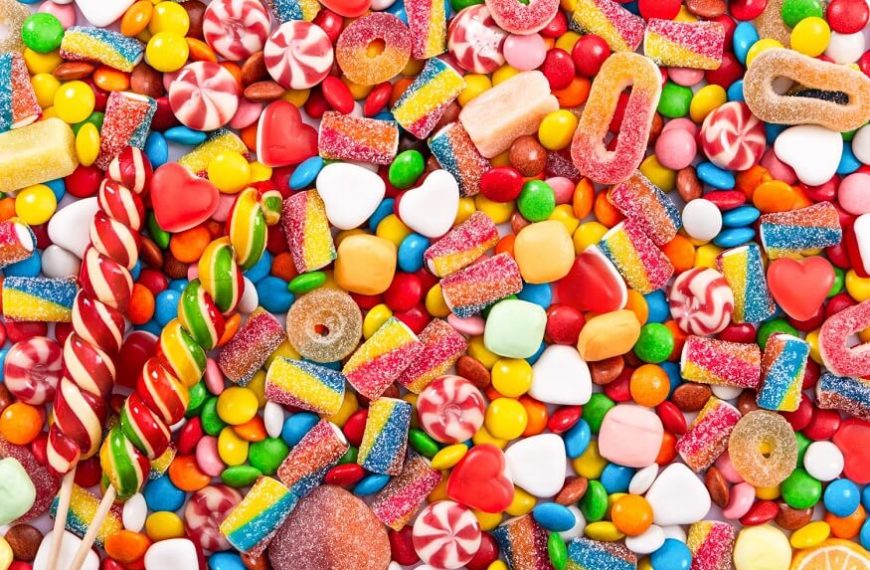lotusyouthcouncil.com – Candy, the quintessential sweet treat, has been a source of delight for people of all ages across the globe. With its diverse flavors, textures, and shapes, candy captivates the senses and brings joy to countless celebrations and everyday moments.
A Sugary Journey Through Time
The history of candy dates back thousands of years, with early forms including honey-coated fruits and nuts. As sugar became more widely available, especially after its introduction to Europe from the Middle East, candy making evolved into a cherished art. By the 19th century, advancements in technology and mass production allowed for a wider variety of candies to be created and distributed, making these sweet treats accessible to the general public.
Types of Candy
Candy comes in a myriad of forms, each offering a unique taste experience. Some popular types include:
- Hard Candy: Known for its long-lasting sweetness, hard candy is made by boiling sugar and water until it reaches a high temperature. Examples include lollipops and peppermint drops.
- Chocolate: Perhaps the most beloved form of candy, chocolate is made from cocoa beans and comes in various forms, including milk, dark, and white chocolate. It can be enjoyed on its own or as a coating for other confections.
- Gummies: These chewy candies are made from gelatin and come in fun shapes and fruity flavors. Popular examples include gummy bears and worms.
- Caramel and Toffee: Made by cooking sugar with butter and cream, these candies offer a rich, buttery flavor and a chewy texture.
- Nougat and Marshmallows: Soft and airy, these candies are often used as fillings in chocolate bars or enjoyed on their own.
Candy in Culture and Celebrations
Candy plays a significant role in cultural traditions and celebrations around the world. From Halloween trick-or-treating to Easter egg hunts, candy is an integral part of many festivities. In some cultures, specific candies are associated with holidays or rituals, such as the exchange of sweets during Diwali in India or the creation of sugar skulls for Día de los Muertos in Mexico.
The Science of Sweetness
The appeal of candy lies not only in its taste but also in the science behind sweetness. Sugar stimulates the release of endorphins in the brain, creating a sense of pleasure and happiness. This biological response, combined with the nostalgia and joy associated with candy, makes these treats irresistible to many.
Conclusion
Candy is more than just a sugary delight; it is a symbol of joy, celebration, and indulgence. Its rich history and cultural significance have cemented its place in societies worldwide. Whether enjoyed as a small treat or a festive indulgence, candy continues to bring smiles and sweetness to our lives.




